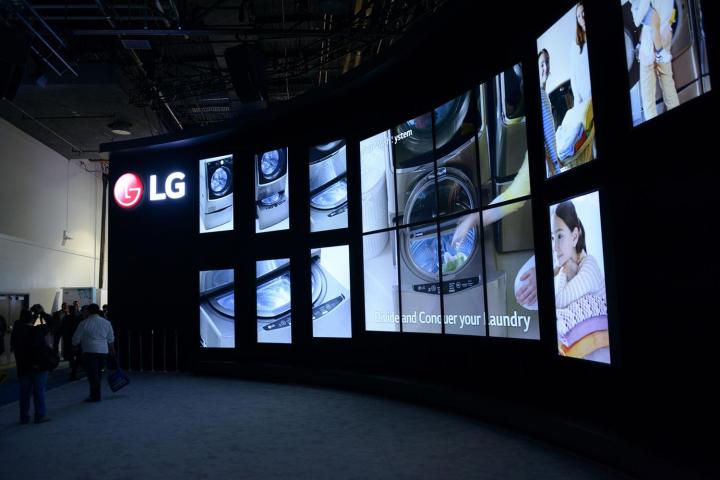
LG calls its enhanced backlighting efforts “Color Prime” and depending on which series of TV you are looking at, it means one of the two aforementioned technologies are at work behind the panel. No matter which it is, it will make the TV’s picture brighter. However, the expanded color palette advantages that these technologies make available can’t be displayed until there are TV shows and movies that take advantage of it. Think of it as a TV built for the future … like one or two years into the future.
That aside, LG’s Color Prime TVs look terrific, particularly the UF9500 flagship, which comes in 55-, 65-, and 79-inch sizes. The UF9500 also sports an ultra-thin panel and bezel, which makes it look more like the company’s OLED TV design. LG’s best TV’s also sport WebOS 2.0, an improved version of its excellent smart TV interface, with faster boot times, quicker navigation and app switching, and some convenient extras, which we detail in our video above.
LG’s OLED televisions are still the go-to for the best possible picture quality, but the new Color Prime models offer some seriously bright and vibrant images, plus a bit of a glimpse into the future of TV.



